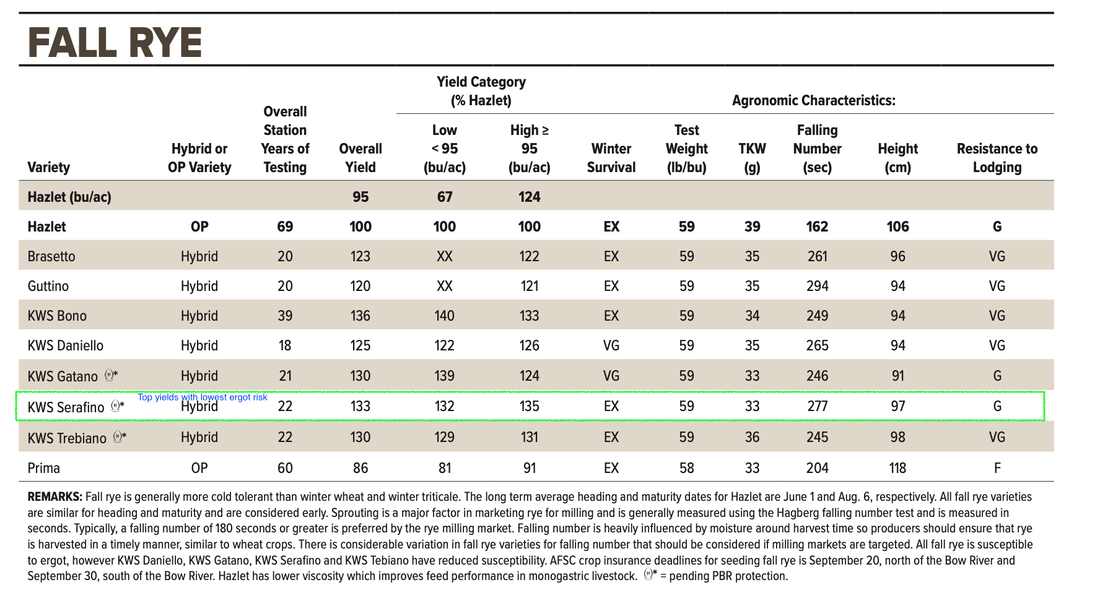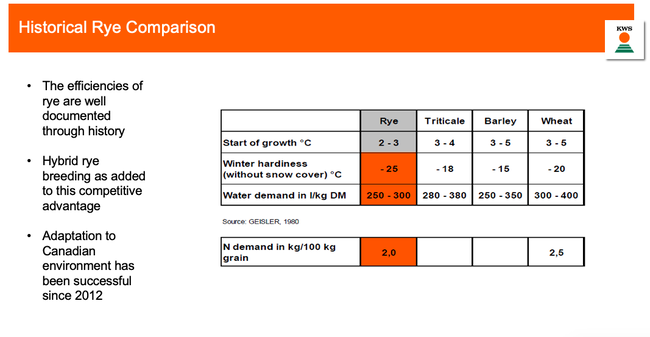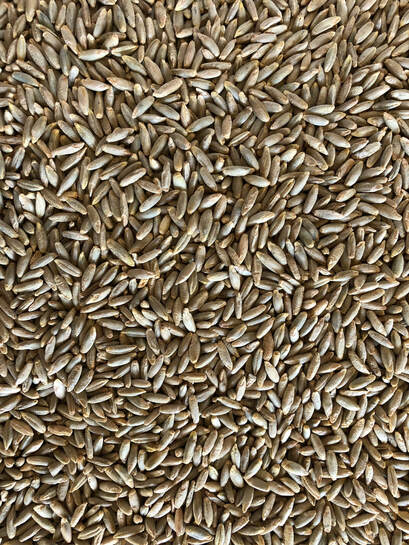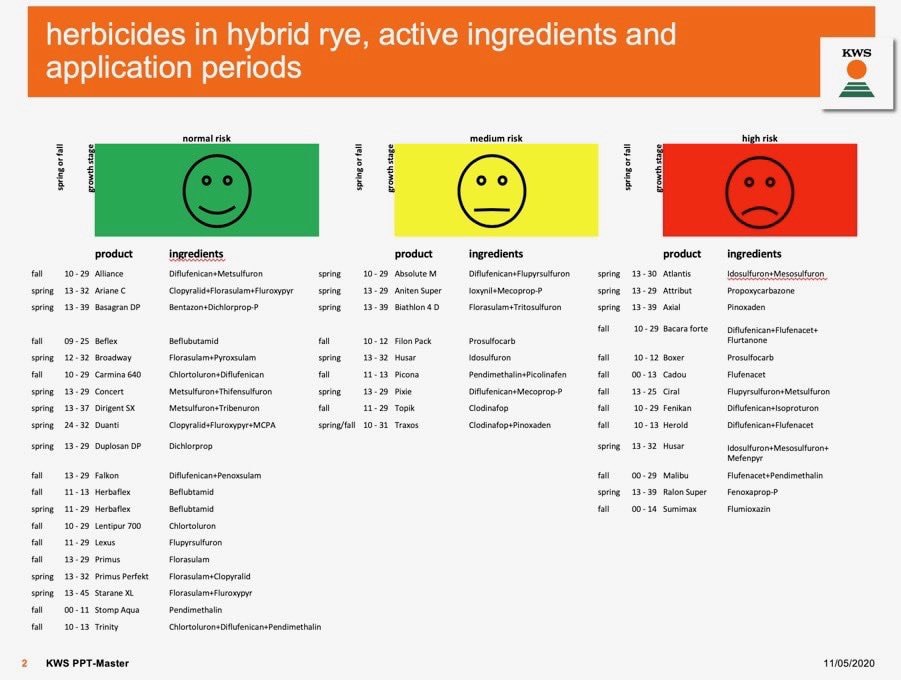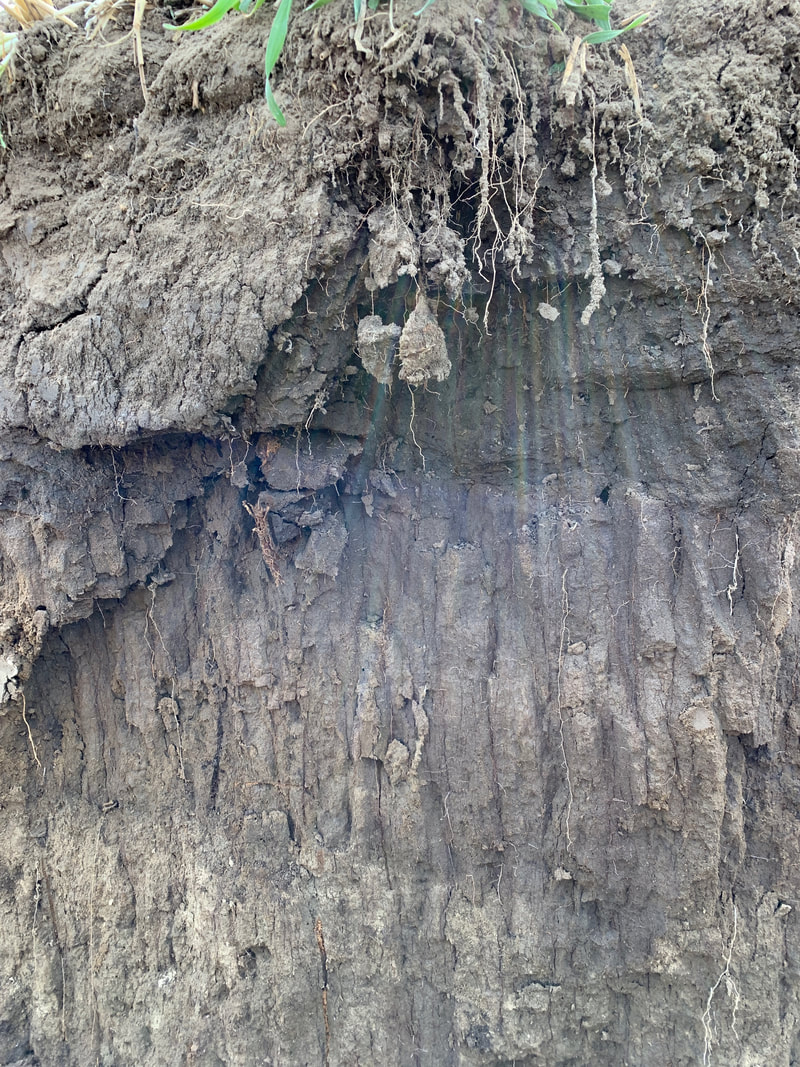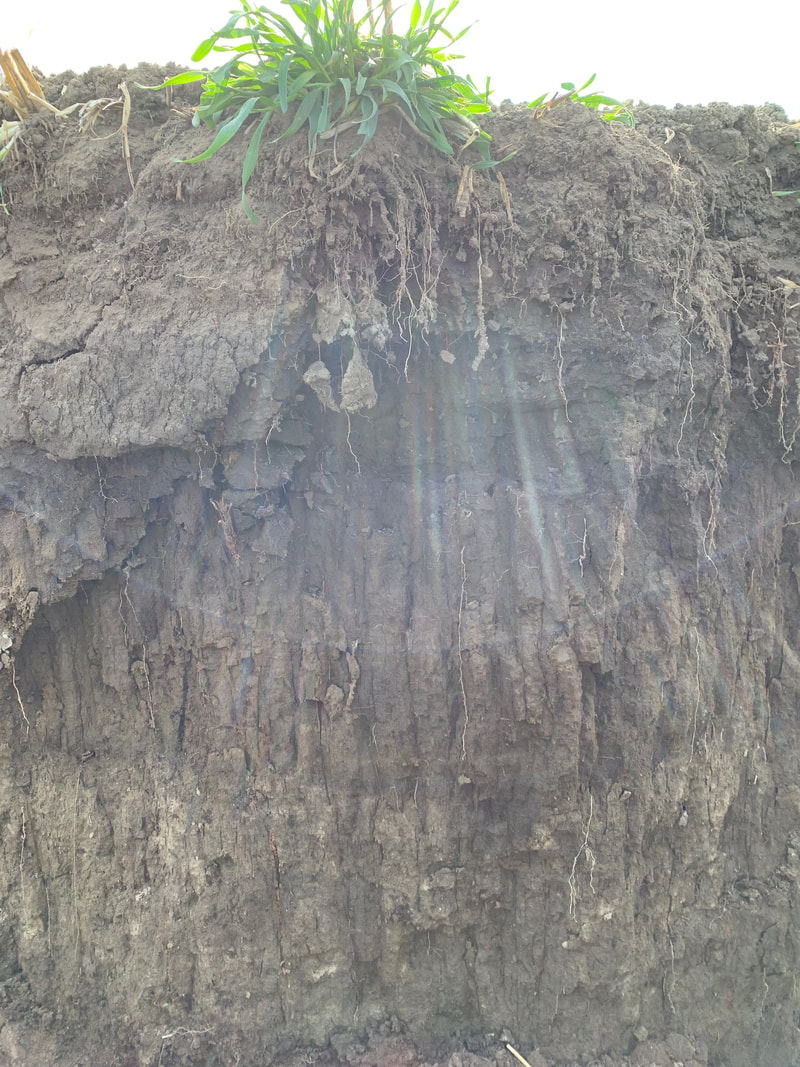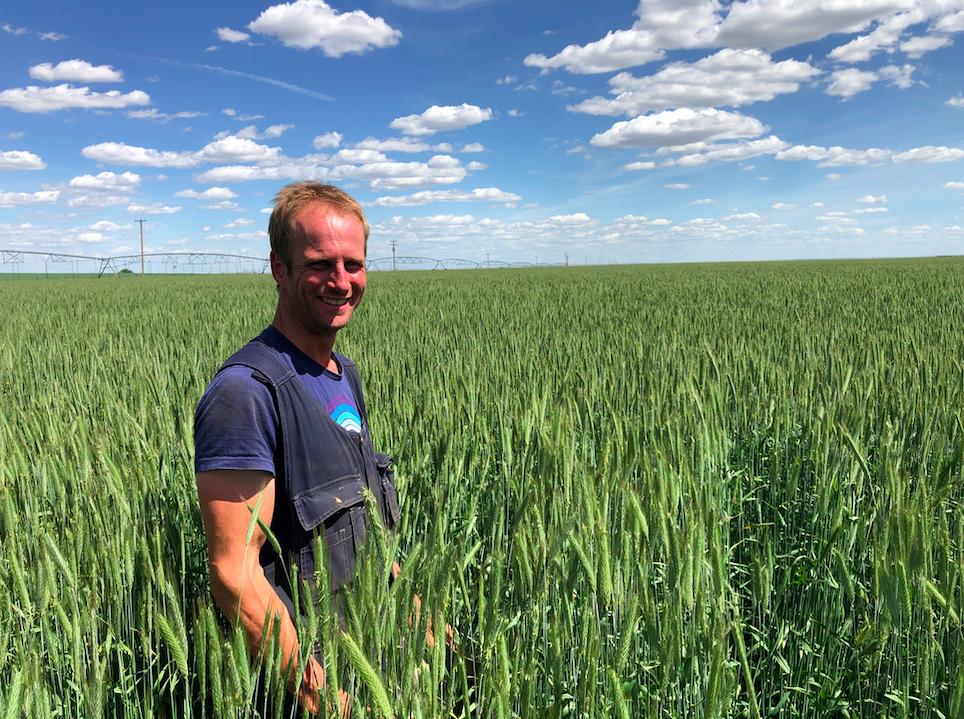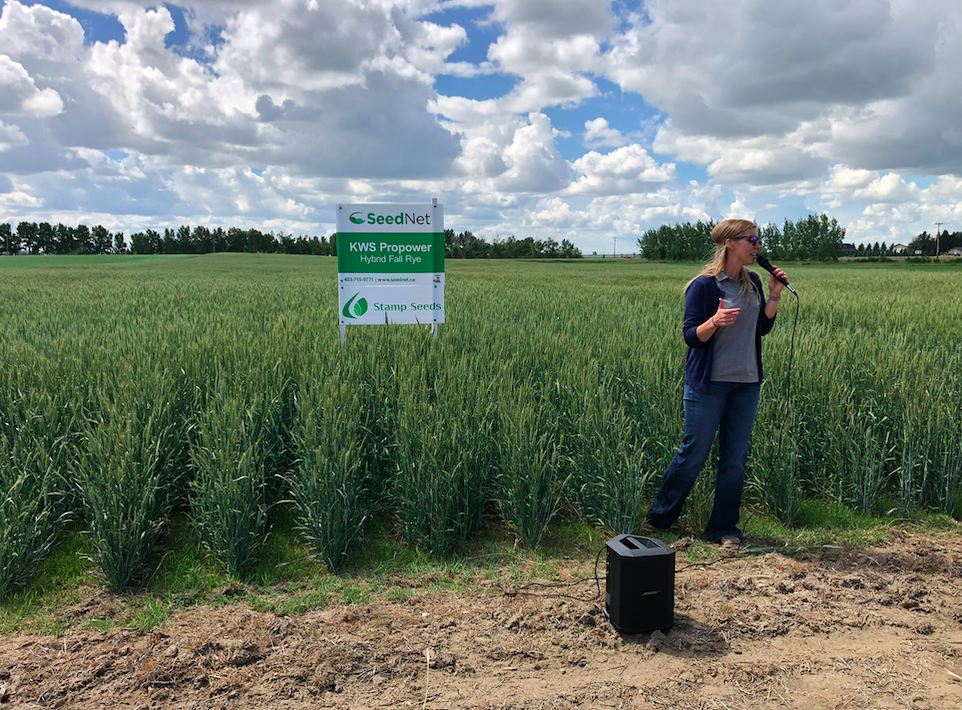- Home
-
Pedigreed Seed
- Hybrid Fall Rye >
- Winter Triticale >
- Winter Wheat >
- Durum Wheat >
-
Spring Wheat
>
- Spring Triticale >
-
Barley
>
-
Feed Barley
>
- 2 Row Feed - Esma
- 2 Row Feed - Sirish
- 2 Row Smooth Awn Feed & Forage - Renegade
- 2 Row Feed - Durango
- 2 Row Feed - Austenson
- 2 Row Feed - AB Hague
- 2 row feed Canmore Barley
- 6 Row Feed - AB Tofield Feed & Forage Barley
- 6 Row Feed - AB Cattlelac Feed & Forage Barley
- 6 Row Feed - AB Advantage Feed & Forage Barley
-
Malt Barley
>
- Malt - Bill Coors 100 Malt Barley
- AB Dram 2 Row Malt & Distilling
- Malt - Fraser Malt Barley
- Malt - Churchill Malt Barley
- Malt - Connect Malt Barley
- Malt - Synergy Malt Barley
- Malt AB BrewNet 2 Row
- Malt - Copeland Malt Barley
- Malt - Metcalfe Malt Barley
- Malt - Bow Malt Barley
- Coming Soon 2 Row Malt & Distilling
-
Feed Barley
>
- Oat >
- Flax >
- Pea >
- Lentil >
- Faba Bean >
- Kabuli Chickpea - Palmer
- Mustard >
- Canola
- Corn
- Cover Crops Links >
- Forages >
- Soybean
- MS Schippers Foaming Wash
- Trials
- Events
- Seed Treating
- Seed Cleaning
- Contact
- About Us
- Jobs
- Blog
Hybrid Fall Rye
Hybrid Rye:
SU Cossani Hybrid Fall Rye - New!
SU Performer Hybrid Fall Rye - New!
Serafino Hybrid Fall Rye
KWS Daniello Hybrid Fall Rye
KWS Propower Silage Hybrid Fall Rye
Guttino Hybrid Fall Rye
Trials for fall crops (Forage and Grain)
Get paid to grow a winter crop:
winter-cereal-incentive.html
Hybrid Fall Rye
Hybrid fall rye is sold by the unit, 1 unit is 1 million viable seeds.
Farmers usually target 1 unit per ac. If the crop is for forage use, organics, or you are seeding later in the fall the use rate should be on the higher side.
The amount of lbs per unit will change depending on the seed lot due to germination and seed size. Most seed lots are between 70-90 lbs per unit (56-80 lbs per ac use rate)
We can fill tote bags and usually have some in the warehouse ready to sell in 28 unit bag sizes (35 ac)
Even flowering timing is critical to reduce ergot risk so even seeding depth, slow seeding speeds and any residue management ahead of time is important.
Hybrid fall rye:
SU Cossani Hybrid Fall Rye - New!
SU Performer Hybrid Fall Rye - New!
Serafino Hybrid Fall Rye
KWS Daniello Hybrid Fall Rye
KWS Propower Silage Hybrid Fall Rye
Guttino Hybrid Fall Rye
Trials for fall crops (Forage and Grain)
Get paid to grow a winter crop:
winter-cereal-incentive.html
Hybrid Fall Rye
Hybrid fall rye is sold by the unit, 1 unit is 1 million viable seeds.
Farmers usually target 1 unit per ac. If the crop is for forage use, organics, or you are seeding later in the fall the use rate should be on the higher side.
The amount of lbs per unit will change depending on the seed lot due to germination and seed size. Most seed lots are between 70-90 lbs per unit (56-80 lbs per ac use rate)
We can fill tote bags and usually have some in the warehouse ready to sell in 28 unit bag sizes (35 ac)
Even flowering timing is critical to reduce ergot risk so even seeding depth, slow seeding speeds and any residue management ahead of time is important.
Hybrid fall rye:
- Has short strong straw for rye, suitable for irrigation or dry land
- Excellent grain quality with plump seeds and excellent falling numbers for rye milling
- Hybrid yield potential 20-40% more than traditional rye varieties, preforms well under stress
- Amazing potential on dry land and irrigation
- Rye has double the root system of winter wheat so can scavenge for water and nutrients
- Strong winter survivability
- Silage yield potential very high with good quality and early harvest
- Some farms double crop by cutting the rye before heading and allowing it to regrow. Others are silaging rye in early July and plant oats following the rye silage.
Feed use information for hybrid rye from KWS
https://www.kws.com/us/en/products/cereals/rye/rye-for-feed/
https://www.kws.com/us/en/products/cereals/rye/rye-for-feed/
Studies & information relating to hybrid fall rye:
|
|
|
|
| ||||||||||||||||||||||||||||||
Hybrid Fall Rye School: Crop Agronomy, Feed Use, Forge Use
Spotify Podcast on hybrid rye agronomy with SaskWheat:
How does a seed grower like us produce hybrid rye for certified seed?
Our parent seed of the 2 single lines comes from Europe. We need to order our parent seed about 4 months in advance and forecast our needs over a year in advance so the parent seed can be produced in Europe.
We plant a technical mixture that is 92% pollen receiving and 8% pollen giving. The seed production fields can look ragged as we are growing 2 varieties together. Our ergot risk is high as we need the wind to pollinate head to head for us. We seed a buffer strip of restorer (pollen giving) on the outside edges of the field and a strip down the middle to add extra pollen to the crop. This strip is later mowed out.
Prior to any seed crop we must follow crop rotation rules as with any seed crops and as always our volunteer management is key.
Our field is CFIA inspected for off types of any other crop or weeds and for presence of flowering of the pollen giving plants in the crop. We also must not have any different rye varieties or volunteer rye within 500 M of the crop.
After harvest we must submit samples to the CFIA before we are issued a crop certificate. While this is happening we are cleaning/ processing the seed for certified sale and sending for germination, vigor, disease and seed size testing. We also send rough bare and clean treated samples away for secondary verification for quality control.
We aim to have carry over seed to meet early season seed demand so that means bin space and cash flow management as well as re-testing of germination and vigor to ensure seed quality.
Our parent seed of the 2 single lines comes from Europe. We need to order our parent seed about 4 months in advance and forecast our needs over a year in advance so the parent seed can be produced in Europe.
We plant a technical mixture that is 92% pollen receiving and 8% pollen giving. The seed production fields can look ragged as we are growing 2 varieties together. Our ergot risk is high as we need the wind to pollinate head to head for us. We seed a buffer strip of restorer (pollen giving) on the outside edges of the field and a strip down the middle to add extra pollen to the crop. This strip is later mowed out.
Prior to any seed crop we must follow crop rotation rules as with any seed crops and as always our volunteer management is key.
Our field is CFIA inspected for off types of any other crop or weeds and for presence of flowering of the pollen giving plants in the crop. We also must not have any different rye varieties or volunteer rye within 500 M of the crop.
After harvest we must submit samples to the CFIA before we are issued a crop certificate. While this is happening we are cleaning/ processing the seed for certified sale and sending for germination, vigor, disease and seed size testing. We also send rough bare and clean treated samples away for secondary verification for quality control.
We aim to have carry over seed to meet early season seed demand so that means bin space and cash flow management as well as re-testing of germination and vigor to ensure seed quality.
Herbicide crop safety level for hybrid fall rye chart
How to use hybrid fall rye for silage for a forge crop:
How do we produce hybrid fall rye certified seed:
|
|
|
Reducing ergot in rye
The pictures below were taken mid April 2019 in a rye crop seeded mid September the year prior. The plant was still small on top but the roots had reached 3 feet or more deep already!
Seed TreatingWe offer a full range of seed treating and inoculant application options:
BASF Seed Treatment Bayer SeedGrowth Syngenta Seed Care |
Contact UsSubscribe to our mailing list!
We send emails about seed varieties, events, and crop production tips. |
Location
- Home
-
Pedigreed Seed
- Hybrid Fall Rye >
- Winter Triticale >
- Winter Wheat >
- Durum Wheat >
-
Spring Wheat
>
- Spring Triticale >
-
Barley
>
-
Feed Barley
>
- 2 Row Feed - Esma
- 2 Row Feed - Sirish
- 2 Row Smooth Awn Feed & Forage - Renegade
- 2 Row Feed - Durango
- 2 Row Feed - Austenson
- 2 Row Feed - AB Hague
- 2 row feed Canmore Barley
- 6 Row Feed - AB Tofield Feed & Forage Barley
- 6 Row Feed - AB Cattlelac Feed & Forage Barley
- 6 Row Feed - AB Advantage Feed & Forage Barley
-
Malt Barley
>
- Malt - Bill Coors 100 Malt Barley
- AB Dram 2 Row Malt & Distilling
- Malt - Fraser Malt Barley
- Malt - Churchill Malt Barley
- Malt - Connect Malt Barley
- Malt - Synergy Malt Barley
- Malt AB BrewNet 2 Row
- Malt - Copeland Malt Barley
- Malt - Metcalfe Malt Barley
- Malt - Bow Malt Barley
- Coming Soon 2 Row Malt & Distilling
-
Feed Barley
>
- Oat >
- Flax >
- Pea >
- Lentil >
- Faba Bean >
- Kabuli Chickpea - Palmer
- Mustard >
- Canola
- Corn
- Cover Crops Links >
- Forages >
- Soybean
- MS Schippers Foaming Wash
- Trials
- Events
- Seed Treating
- Seed Cleaning
- Contact
- About Us
- Jobs
- Blog

